The e61 Institute think tank released an analysis showing how baby bonus handed to parents by the Howard government worked to stimulate births, at least initially.
In 2004, the Howard government implemented a universal Baby Bonus—$3,000 per child after birth, later boosted to $4,000 and finally $5,000—to encourage couples to “have one for mum, one for dad, and one for the country”, as then-Treasurer Peter Costello famously stated.
The e61 Institute found that Australia’s birth rate, “which had been flat or declining, jumped sharply at the point the policy would start affecting behaviour. This pattern strongly suggests that the Baby Bonus led some families to start having children who otherwise might not have at that time”.
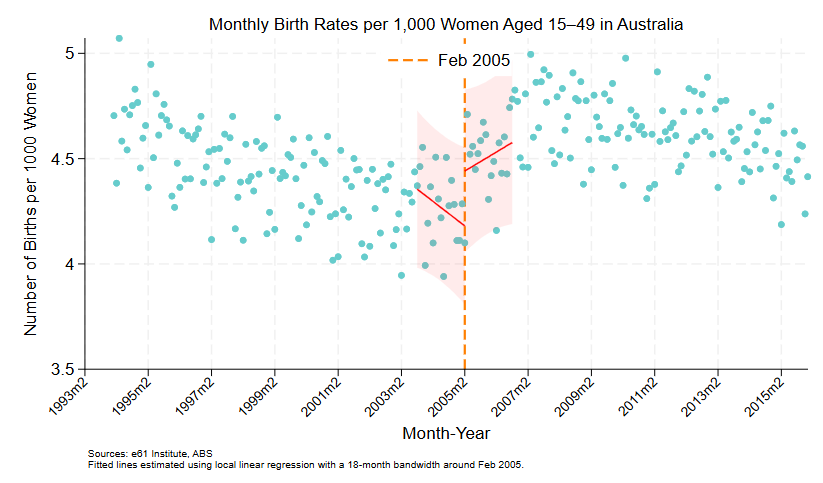
Australia’s birth rate also jumped relative to New Zealand’s:
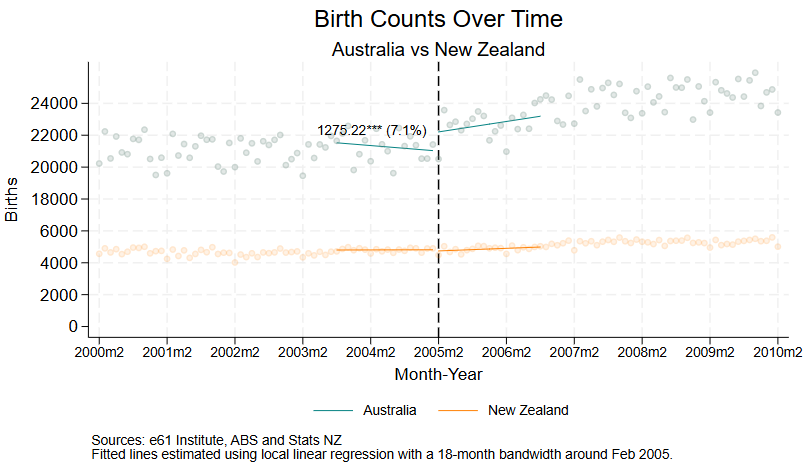
This divergence “strongly suggests that the spike in Australia was a direct response to the financial incentive. While other countries experienced gradual demographic changes, only Australia saw a sudden, policy-aligned surge in births”, e61 notes.
The first cohort of the Howard government’s baby bonus generation is now hitting the labour market.
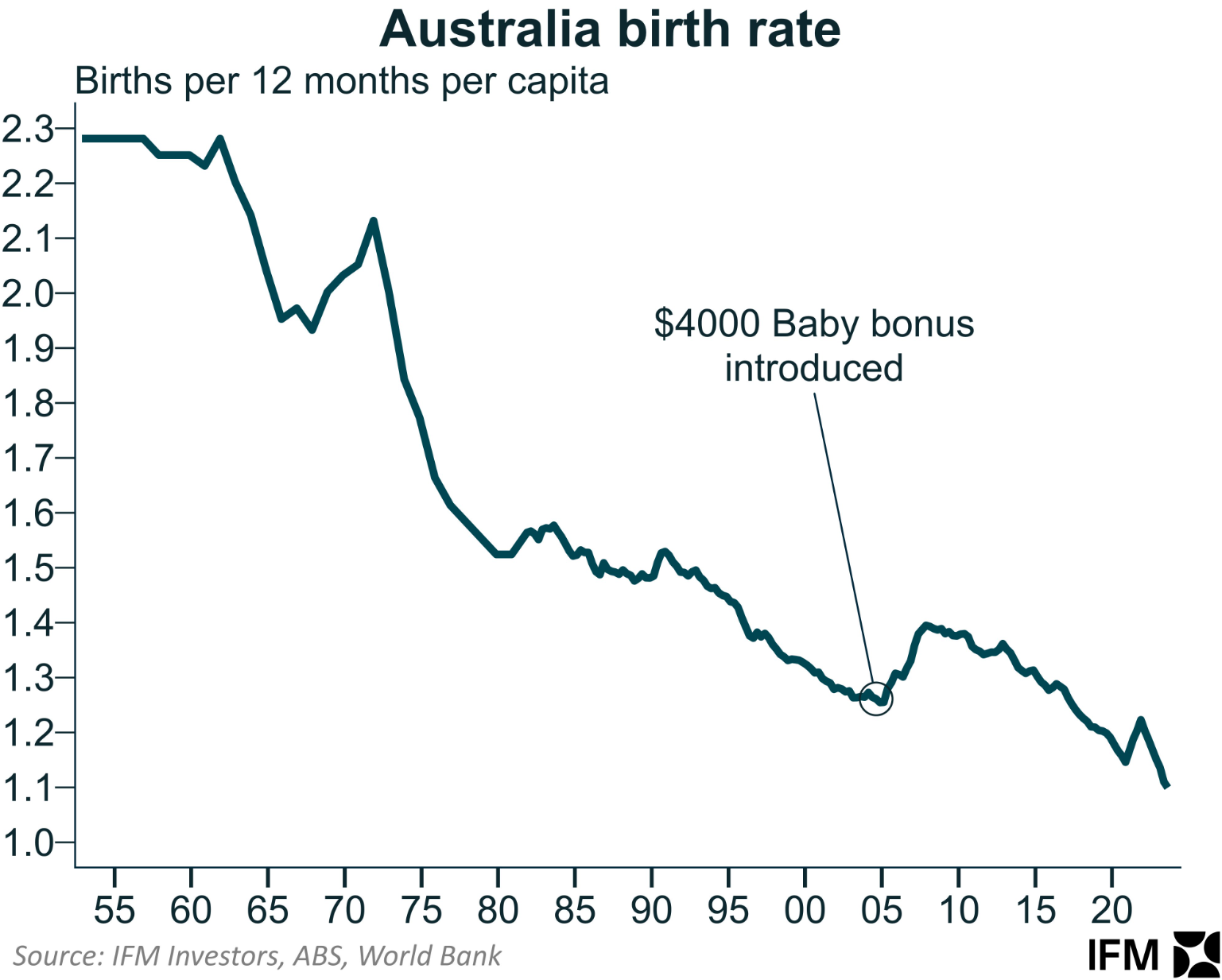
The following chart, which shows the growth in Australia’s civilian population aged 15 and over, illustrates their impact:
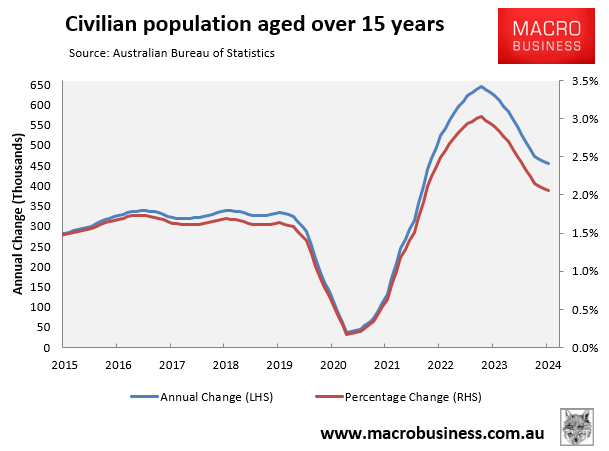
Australia’s civilian population aged 15-plus grew by 2.0% over the year to March 2025, faster than the nation’s population growth of 1.8%.
While record net overseas migration has driven most of Australia’s labour supply growth, the baby bonus generation’s coming of age has also played a role.
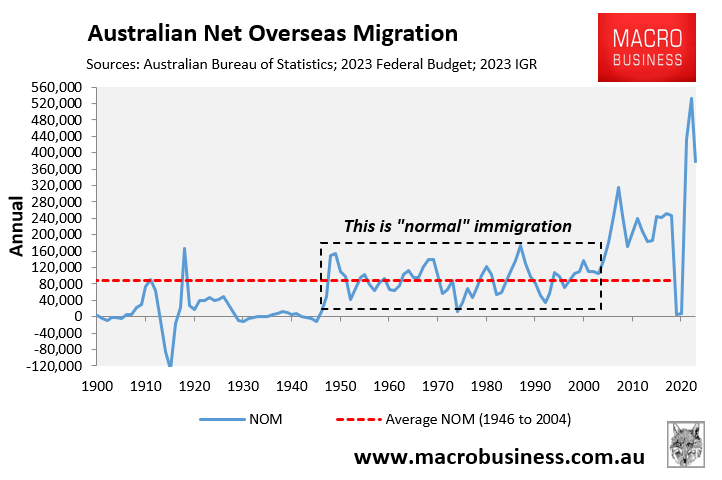
Young Australian labour market entrants are facing tough competition for jobs with huge numbers of migrants. This has driven an oversupply of entry-level jobs:
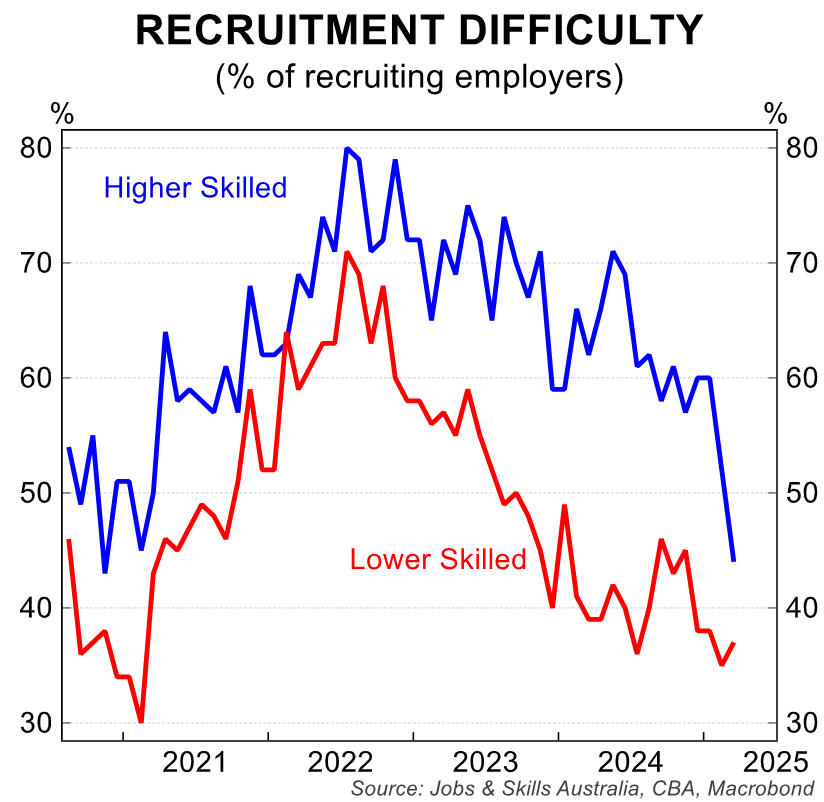
The baby bonus generation is also facing record low housing affordability to purchase or rent:
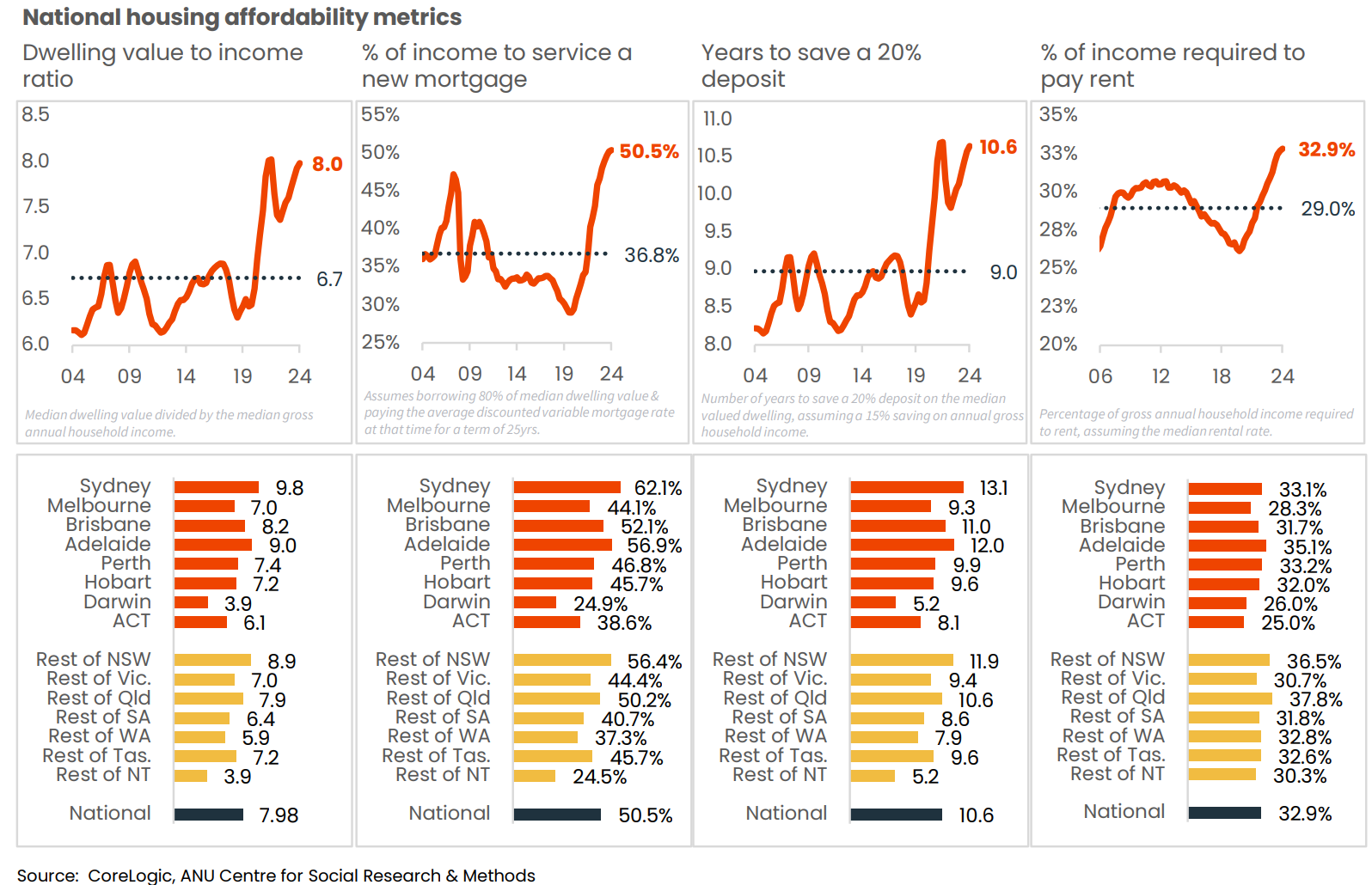
Soggy labour market prospects and record housing unaffordability are a diabolical combination for younger Australians.

